YOGA UNITES
Yogis from Across the Globe gather for Summer Intensive!
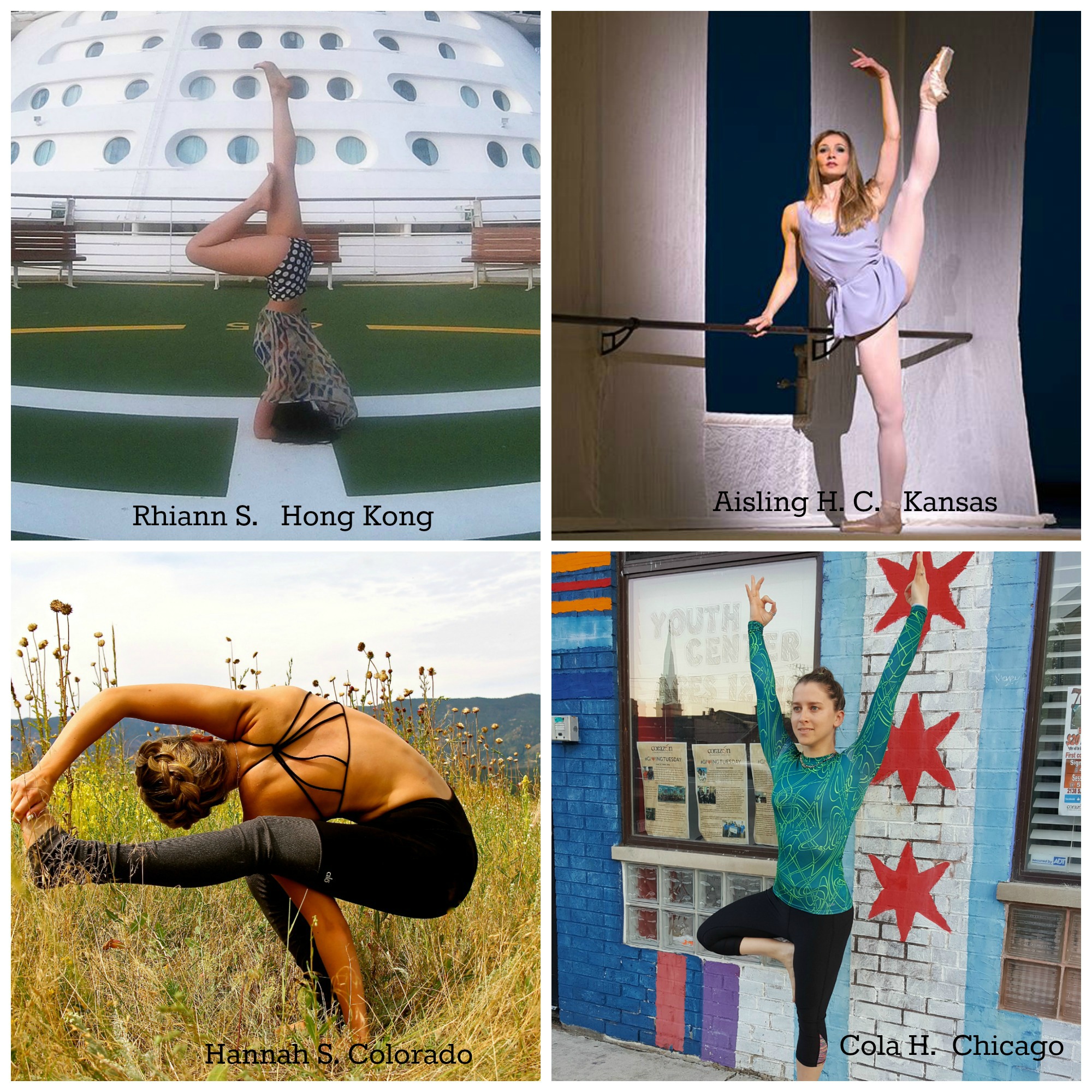
Spring is in the air and that, for many of us, marks also the beginning of planning new summer adventures. Something to look forward to, works towards and pin on our visionboard, or simply above various to-do lists on the fridge. Today many Yoga students combine their love of Yoga and desire to learn more with a Yoga destination training and San Diego is on the top of the list! Ever since we started offering Prana’s well-established 200hr foundational training as a Summer Intensive, we’ve had Yogis from across the globe join us in our beautiful seaside town of La Jolla (San Diego). And what’s not to love?
Prana Yoga’s Summer Intensive is an ideal destination experience for aspiring teachers and students who want to deepen their knowledge and learn more about all things Yoga – the Yoga postures and philosophy, meditation, anatomy, the business of Yoga, how to structure classes and give verbal and hands-on adjustments, and much more. With a carefully designed curriculum and a top notch teaching faculty at one of the most beautiful spots on the West Coast, our training is sort of like ‘summer camp for Yogis.’ You do what you love all day long, make new friends, and end up with a network and community of newly-minted Yoga teachers – all, while immersing yourself in SoCal’s laid back lifestyle.
We found that the condensed format works well for out-of-towners and locals alike, and makes for a fun and interesting mix of Yogis from all over world. While we take the study of Yoga seriously and go deep, there’s be plenty of time and opportunities to connect with each other, unite as a group and enjoy the best of San Diego’s summer with fun ‘field trips,’ like oceanfront Yoga at the La Jolla Cove, Stand-Up Paddle Board Yoga on Mission Bay, and a visit to Paramahansa Yogananda’s Meditation Gardens in Encinitas, CA.
Meet some of our PYTT alumni from around the world!
Hannah Sekovski – High School Graduate, Colorado
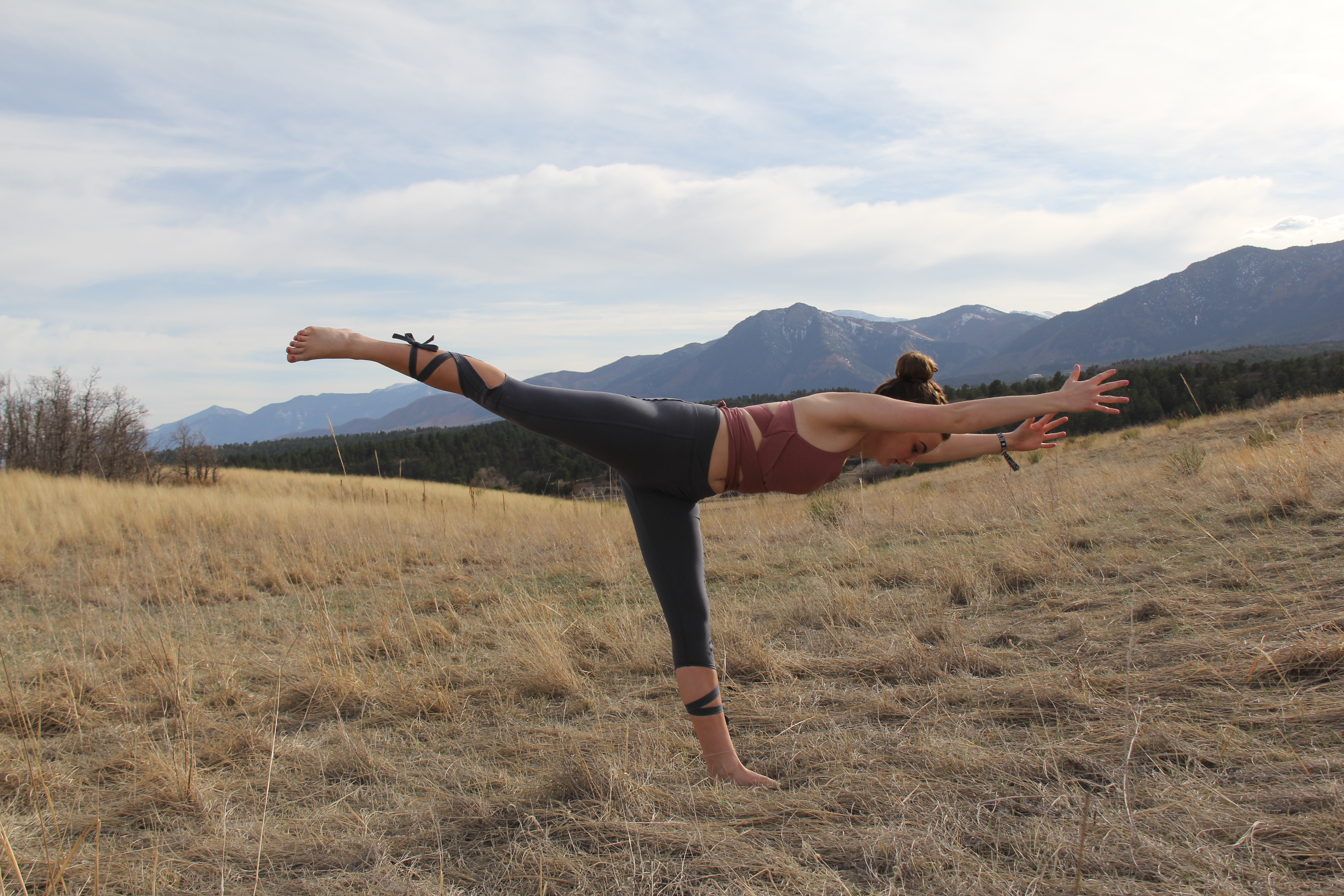
Hannah graduated high school in 2016 and is currently busy building her Yoga business. She will begin her college studies this year with a focus on a bachelor’s degree in nutrition. “I got certified to teach Yoga at Prana Yoga in June 2016 following my high school graduation. I wanted to increase my skill level and gain a certification so I could lead others. It was important to me to develop higher levels of competency and confidence in order to effectively teach and guide students in class. Currently, I am in rotation at two local health clubs. In addition I have launched my own business teaching Vinyasa Flow to corporate clients as part of their health and wellness programs. I also offer in-home sessions for clients who prefer the convenience and privacy of doing their practice at home. I am forever indebted to my experience at Prana Yoga Center as the foundation upon which I build my Yoga career. The lessons I learned under the kind and watchful eye of Gerhard were and continue to be invaluable.”
Aisling Hill Connor – Yoga & Ballet Instructor, Kansas
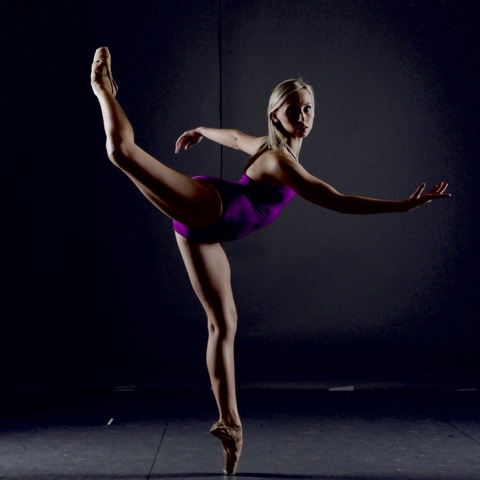
“Yoga is and will always be a constant adventure of diving within for new knowledge and discovery. Ballet is my passion, Yoga is my life!
I started ballet at the age of 6 in Texas. Ballet Austin’s training was great and provided a well-rounded curriculum. As I finished my training at the North Carolina school of the Arts in Winston-Salem, NC (now known as UNC School of the Arts), I was offered a company contract with the Kansas City Ballet. Being completely in love with all that was ballet I decided to make it my career. The accomplishments were not without difficulty. In 2005, at the height of my career, I noticed some knee pain. Well, that knee pain turned into four knee surgeries and many years of rehabilitation. During this time, I used many different methods of rehab – traditional physical therapy, Pilates, and Yoga being my main sources. One in particular stood out as the most impactful, and that was Yoga. I had never known how much yoga could help the body not only stretch and relax, but strengthen and balance. Not to mention the psychological benefits. My doctors and physical therapists were saying I may never get fully back to ballet, but I returned and danced a total of 15 years with the Kansas City Ballet. Yoga has become a major part of my life. With all the positive things it has done for me, I am now sharing those benefits with others.
I have practiced many different styles of yoga, but when I was introduced to Vinyasa my eyes were opened. Being the closest form of yoga to dancing, using breath connected with the asana to guide you through a flowing practice, I realized I was hooked. First being drawn to Yoga for its physical benefits, I now live with a deepened understanding of what yoga means in my life as well as many others.’ It is and will always be a constant adventure of diving into new knowledge and discovery. Yoga is and will always be a constant adventure of diving within for new knowledge and discovery. I received my 200-hour Yoga Teacher Training certification in June of 2013 under the direction of Gerhard Gessner at the Prana Yoga Cente . I am a 200hr RYT with the Yoga Alliance. I use alignment-based training as the basis for all of my classes, and as such, you will enjoy a nurturing yet challenging Vinyasa flow-based class that will cultivate your body and mind.”
Rhiann Suen – Yoga Teacher, Hong Kong
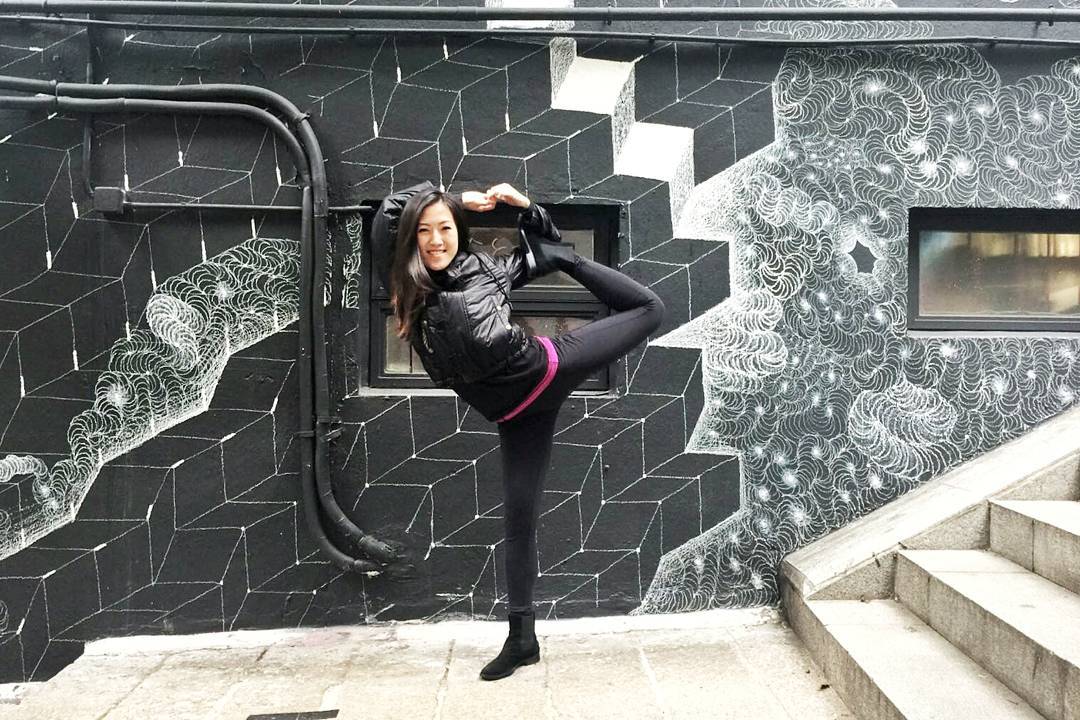
I attended Prana’s Summer Intensive in 2014 and loved every minute of it. Since then, I’ve moved back to Hong Kong where I now teach Yoga. The most important things I learned are to be more aware of my breath and senses, listen to my body mindfully and live in the present moment. I teach Yoga because I want to inspire my students to find their purpose and discover what Yoga means to them and how it can enrich their lies.”
Rhiann currently teaches public classes at Yoga BamBam, Yoga UP, Yoga Refine and Emi Yeung Dance Academy in Hong Kong.
Cola Hart – Chicago
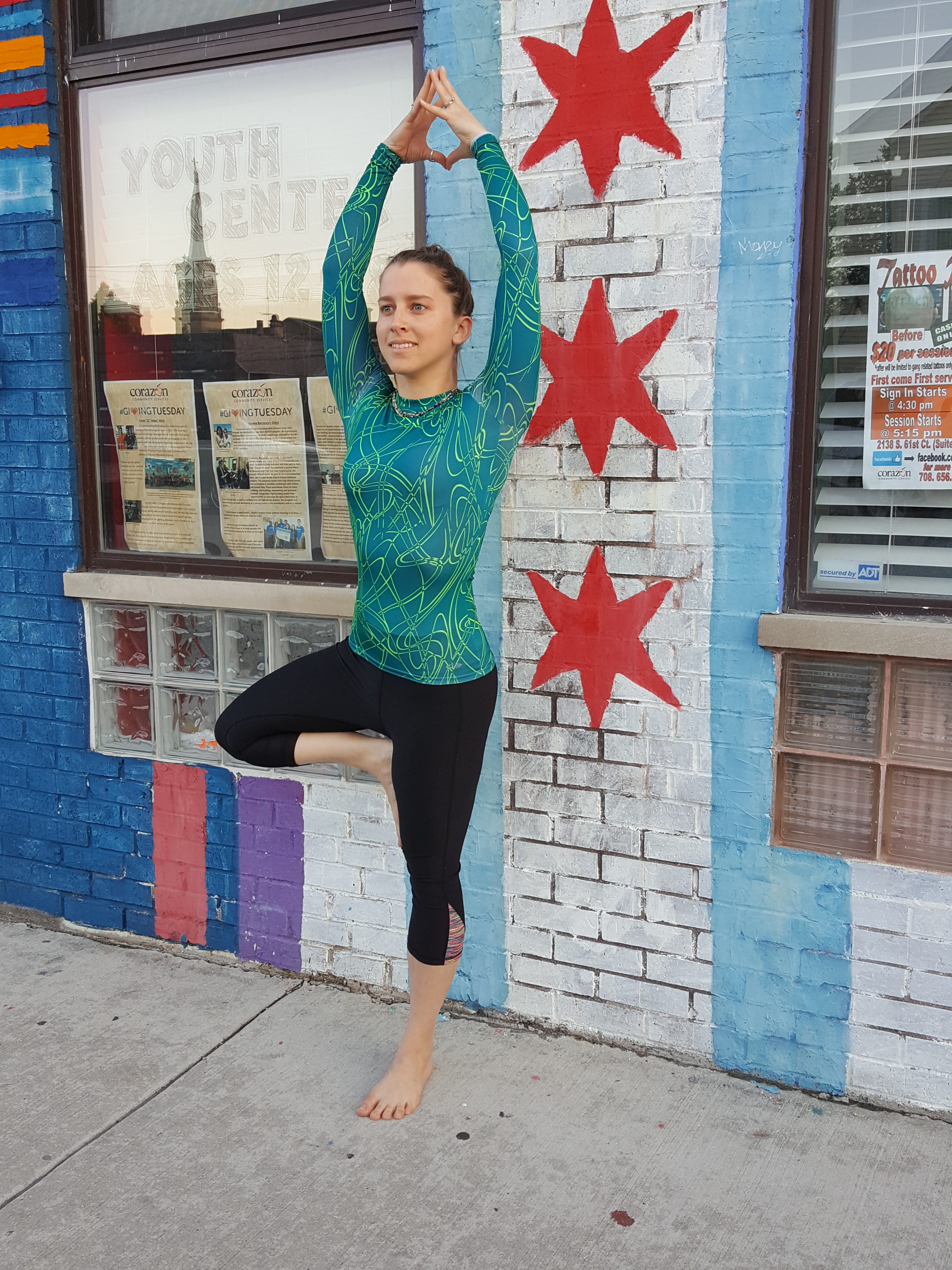 “I attended the Prana’s Summer Intensive Training in 2014 so I could learn and be certified with the intention to share my knowledge of and love for Yoga. Prana is my Yoga home, my original root where I started Yoga. Yoga is now an integral part of my life and its benefits serve me off the mat as much as on. I am passionate about making a mindful and healthy Yoga practice available in areas where it is scarce. I currently offer community classes and donation-based classes, volunteer and pay-what-you-can classes in Chicago and the Chicagoland area. For me, Yoga is about connecting with the breath, the root of our being. It is being conscious, meaningful and learning to balance life in every sense of the word. It is an individual and universal practice, while it is also great, euphoric workout.”
“I attended the Prana’s Summer Intensive Training in 2014 so I could learn and be certified with the intention to share my knowledge of and love for Yoga. Prana is my Yoga home, my original root where I started Yoga. Yoga is now an integral part of my life and its benefits serve me off the mat as much as on. I am passionate about making a mindful and healthy Yoga practice available in areas where it is scarce. I currently offer community classes and donation-based classes, volunteer and pay-what-you-can classes in Chicago and the Chicagoland area. For me, Yoga is about connecting with the breath, the root of our being. It is being conscious, meaningful and learning to balance life in every sense of the word. It is an individual and universal practice, while it is also great, euphoric workout.”
Registration is now open for the 200-Hour Summer Intensive, June 16 – July 2, 2017. The Yoga Alliance certified training is taught by Prana founder Gerhard Gessner, E-RYT, visiting senior guest teachers Robert Birnberg, (L.A.) and Manoj Chalam, and some of San Diego’s most sought after teachers and Prana favorites incl. Sara Deakin RYT500, Shauna MacKay E-RYT500, Vicki Abrams E-RYT and Dr. Alison McLean, PT.
The first free Info Session will be held on Sunday, March 19th at 12-1pm at Prana Yoga Center. Call 858 456 2806 or email to alex@prana-yoga.com to RSVP.
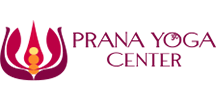
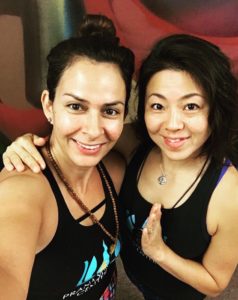
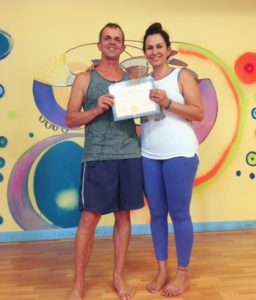



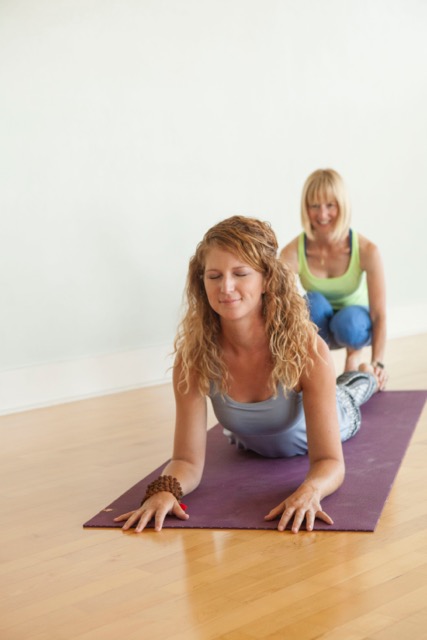
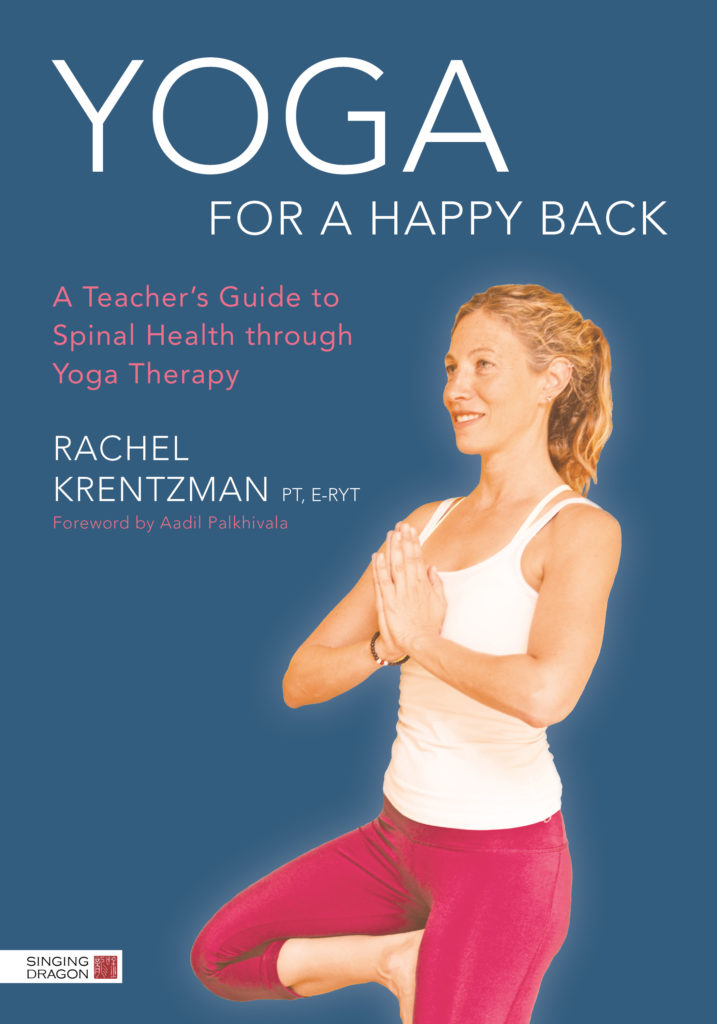
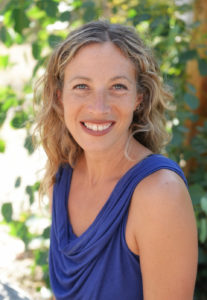


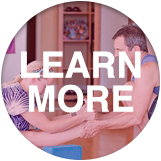
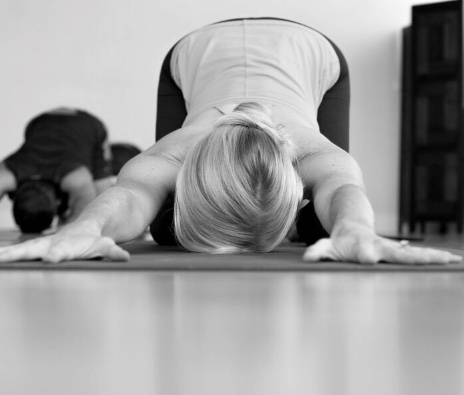




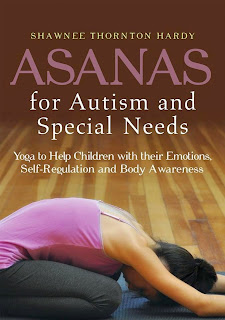

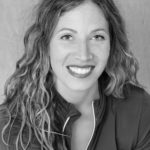
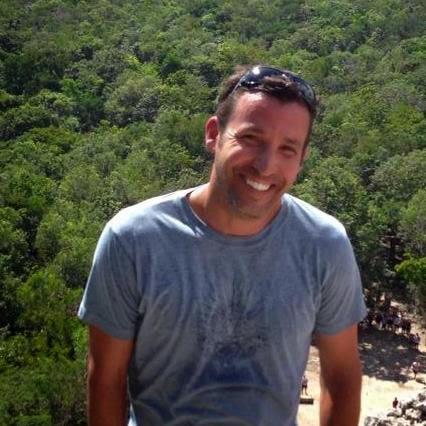.jpg)

